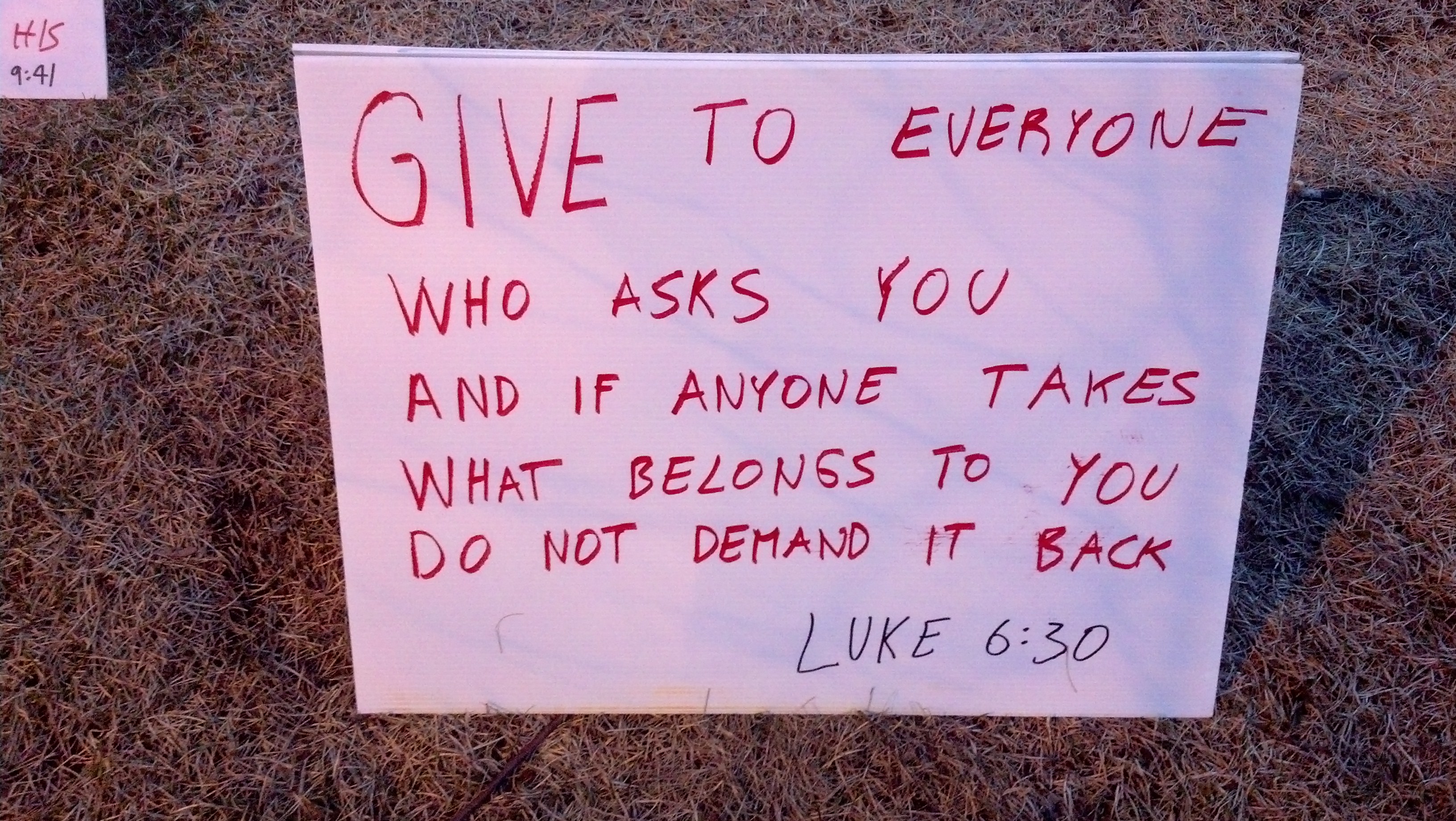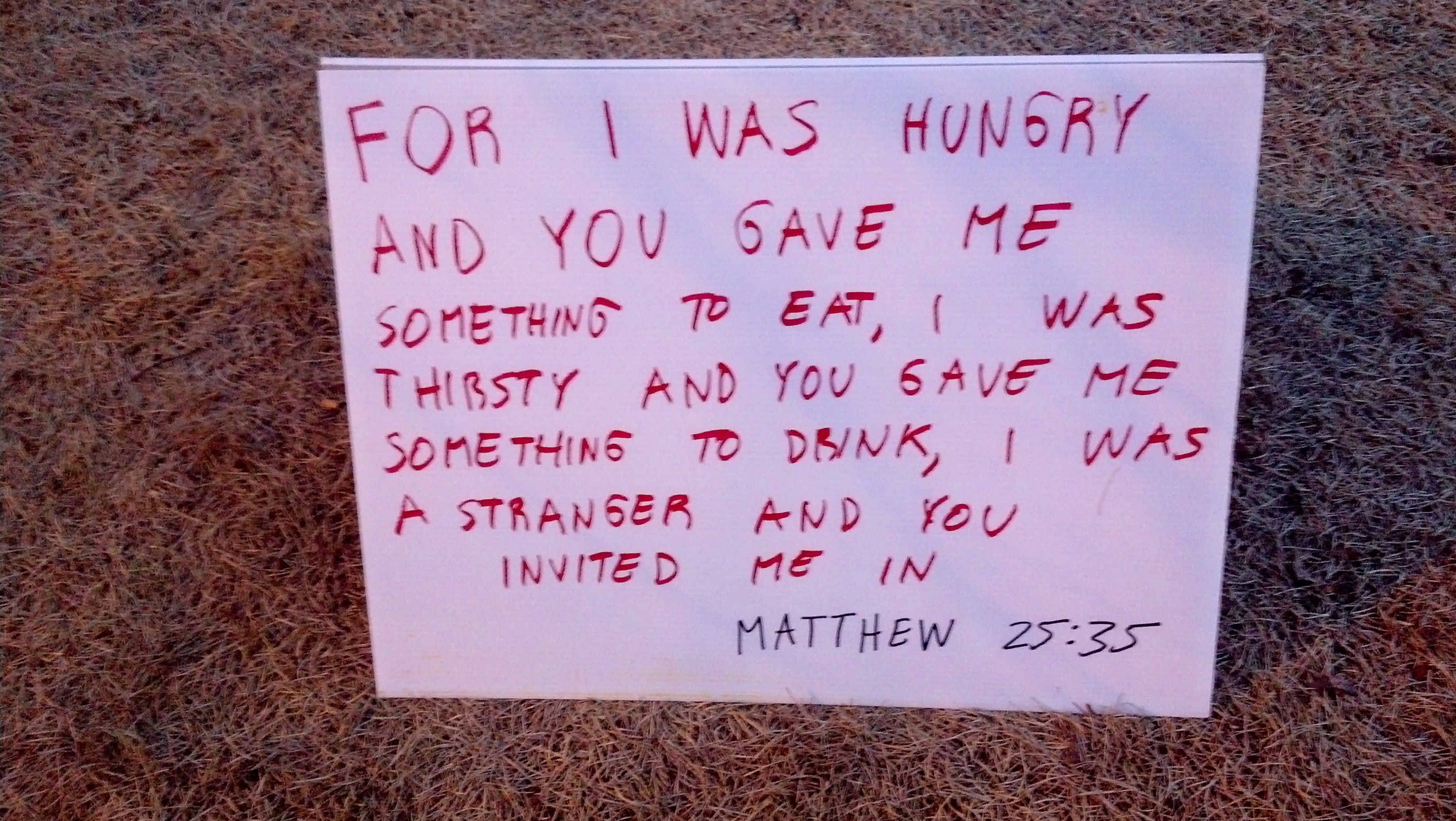I made my second court appearance today. John and Margie came with me, even though it was only an arraignment. I pled not guilty, asked for a public defender to assist me, and was given a date in late July for a pretrial conference.
I then walked down the hall to a different courtroom where an actual pretrial conference was underway. Looks like I can expect a trial date in late August.
John and Margie have earlier trial dates, probably because they actually spent several days in jail before John’s mom paid his bail and Margie got her conditions of release modified to let her return to Town Square.
We haven’t actually returned to Town Square, at least not for a 24-hour sit-in. We’re meeting with our lawyers in two days, and I want to discuss getting a court order prohibiting the city from arresting political demonstrators for trespassing.
We’re also preparing flyers to hand out, describing our plans and goals. Ideally, a trial in two months would lead to a renewed occupation, with a court order in hand to prevent further arrests. If the flyers are successful, maybe we’ll have thirty people by then. Maybe we’ll have three hundred!
An incident later in the afternoon underscored why I’m determined to stage a revolution. The three of us were relaxing in Delany Park when two police officers on bicycles pulled up and told me to unplug my cellphone from the outlet, which was only for park employees and permit holders. “It’s called theft of services”, he said.
I complied and later complained to the city ombudsman, but there are so few places where I can use electricity that working on the website, porting Macaulay 2 to Android, or writing on this blog requires real ingenuity. I’m developing Android applications which I publish for free on the Internet, but I can’t keep the phone charged to do it.
I’m done! Done! DONE with this leadership! Christians are so PERSECUTED in this country!
No more! No more of this! Please, father God, no more of this! I can’t even work on my website, the hatred, the hatred, oh God, no more of this, please God, no more of this.
Almost every morning and every night now, I beg God to either restore this revolution or take my life. We’re supposed to love each other, and all I have in me is hatred, hatred, hatred for this majority.
What is the plan? We convince three hundred thousand people to pack up, move to Alaska, and BECOME the majority.






